UCD Future campus, Dublin, IRL
University College Dublin Gateway Masterplan and Innovation Center - International Competition
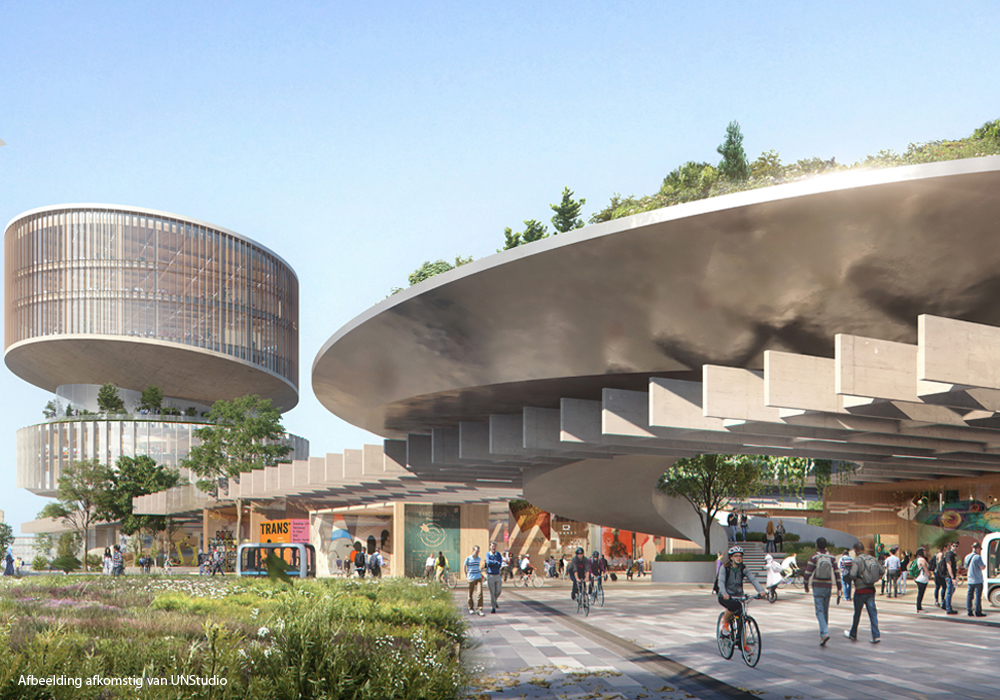
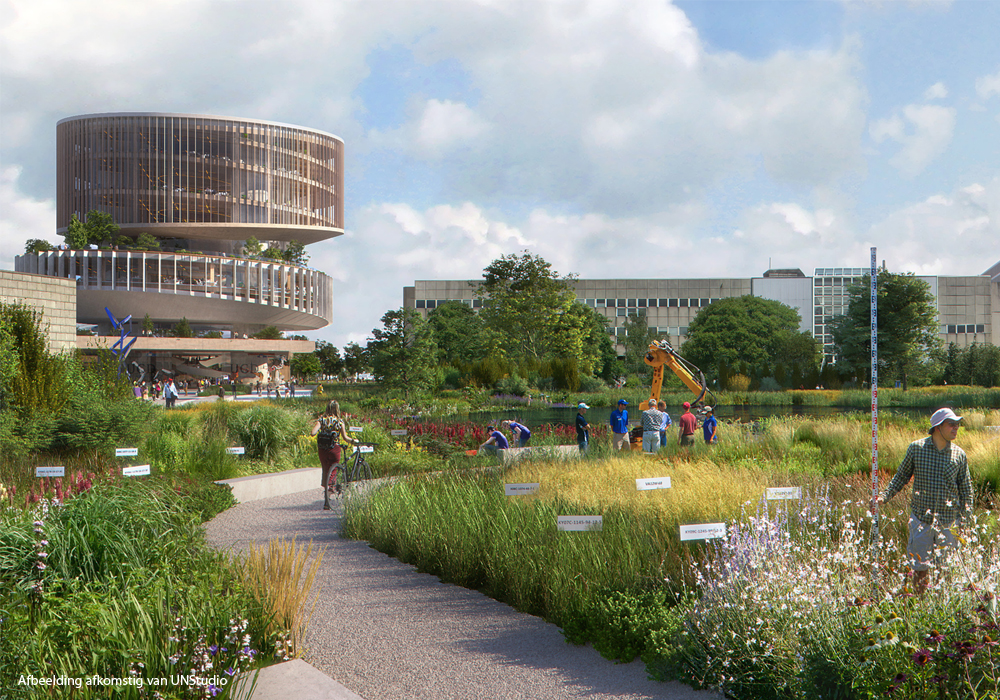
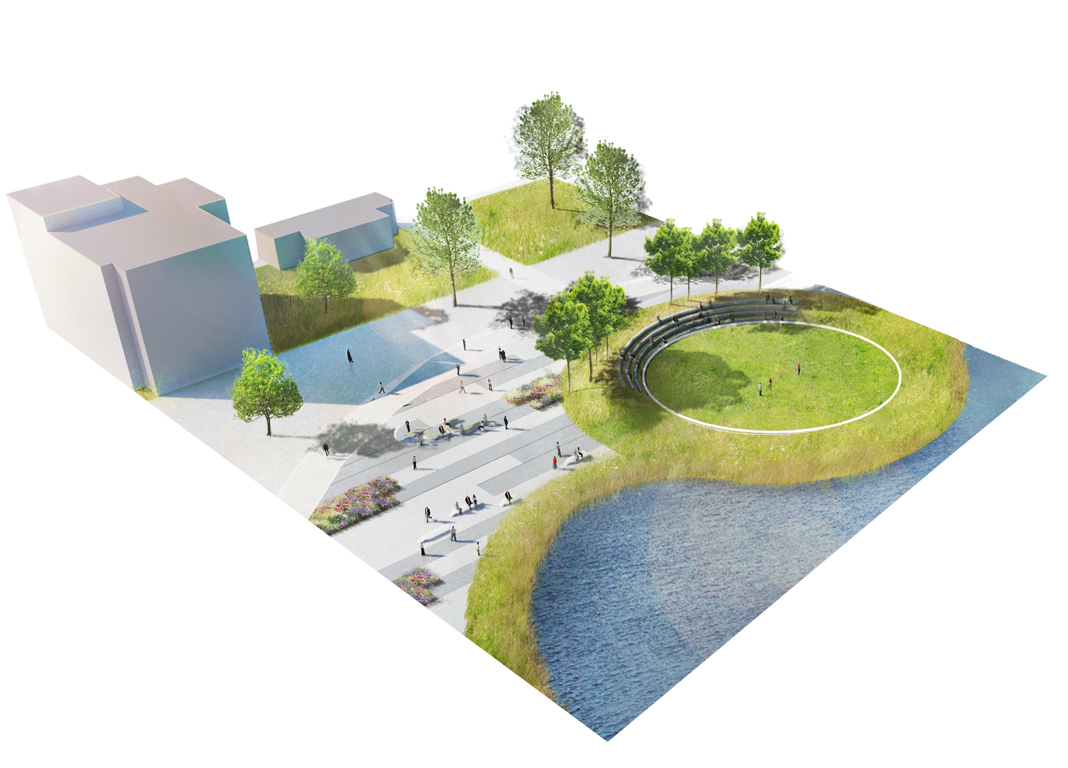
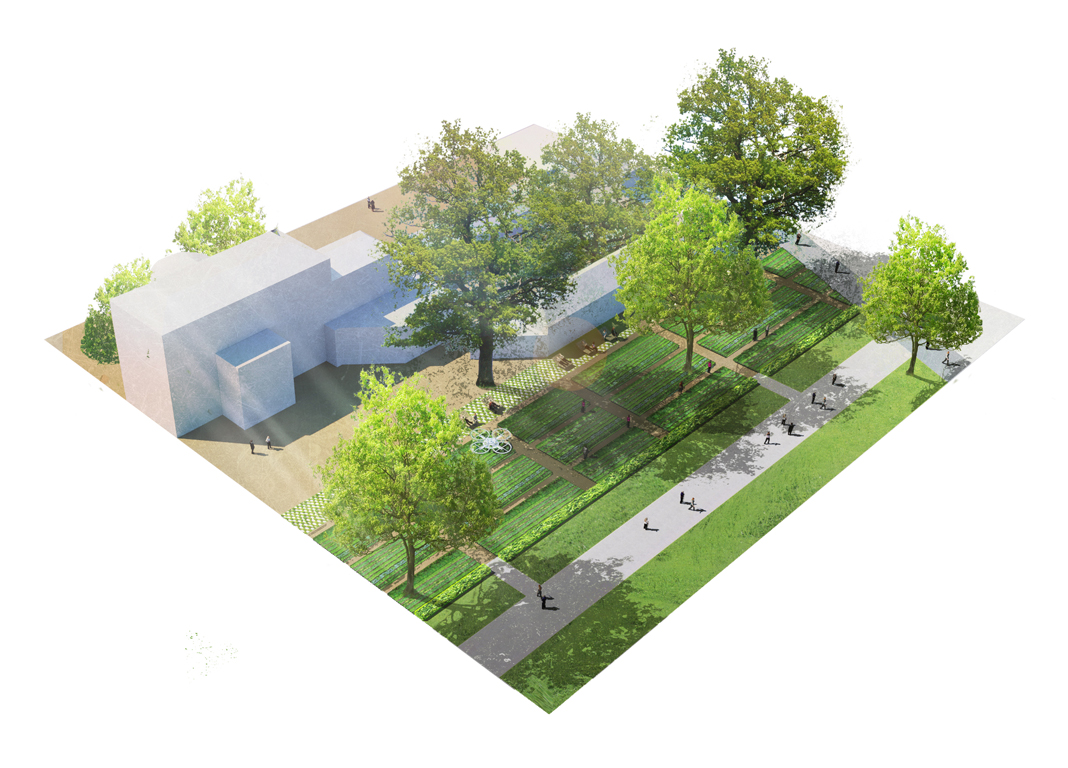
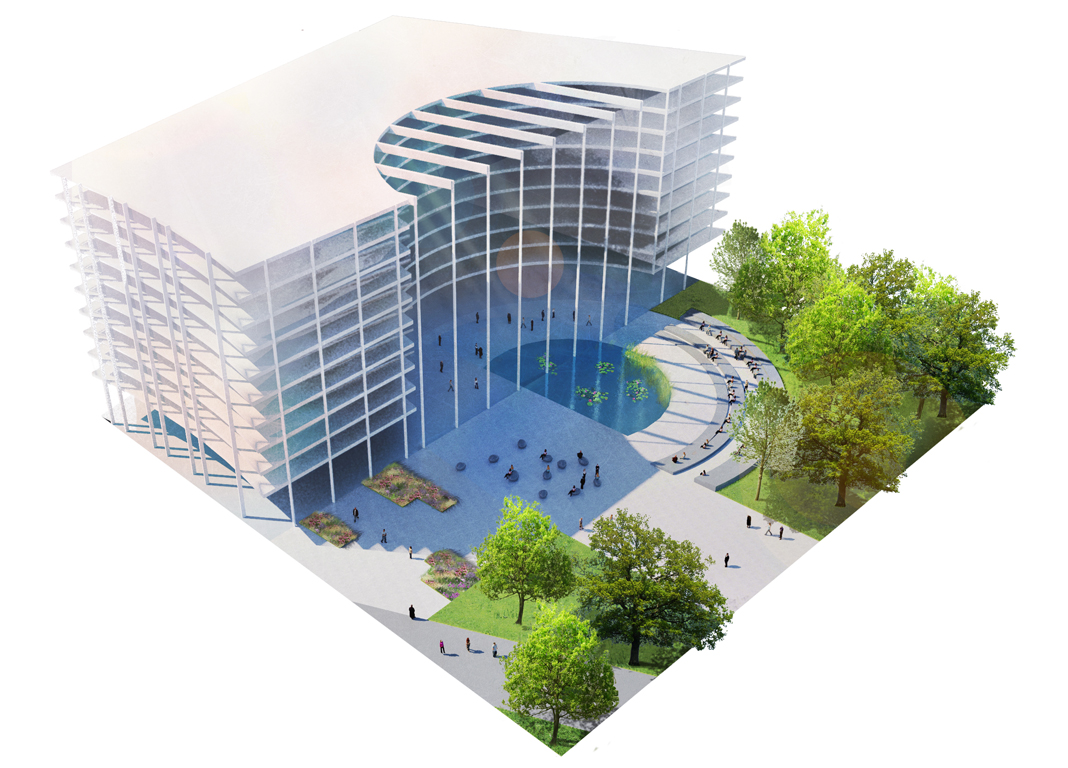
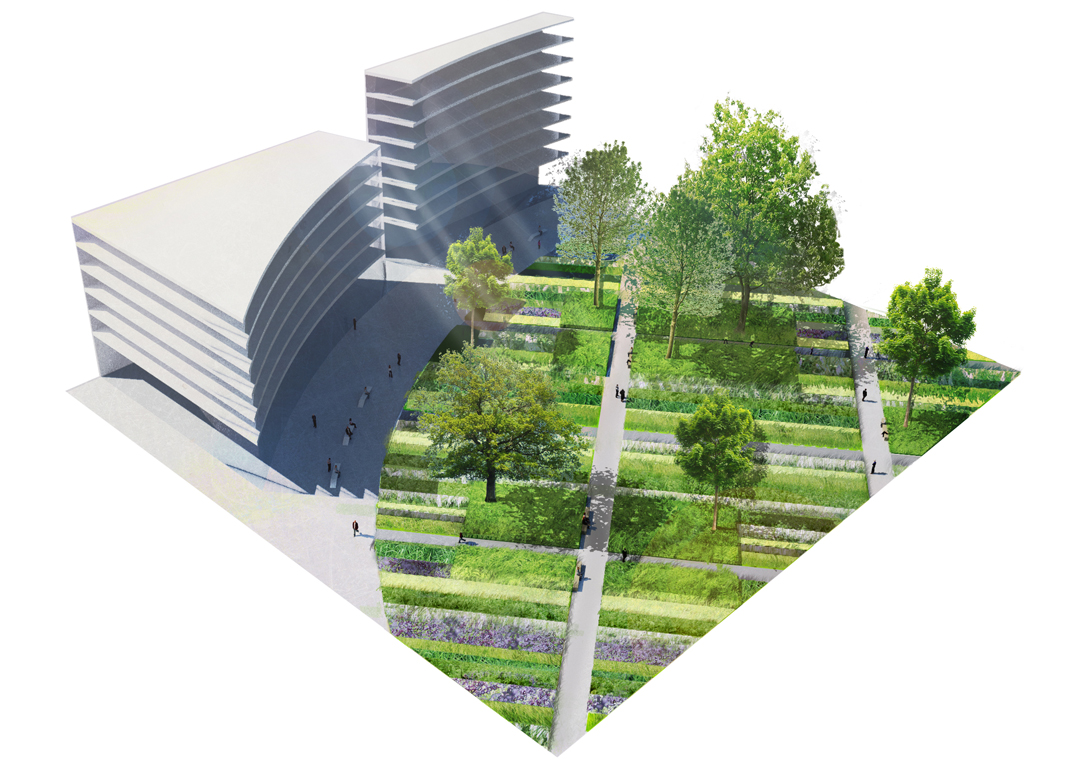
REDscape was invited to participate in this competition by UN studio together with Arup engineering. Within the new diverse environment of urban landscapes, students are able to initiate, shape and innovate their environment as a living laboratory. The landscape concept takes the form of three important concepts: Edge Park as a protected forest, the arboretum, as a mechanism to strengthen existing vegetation, and landscape as an activity – introducing urban agriculture, botanical gardens and ecological laboratories where relationships between people and their environment is facilitated. (images: source UN studio).
The entrance precinct is a new innovative campus located in Dublin. The precinct will be a living lab, a mixed use quarter organised around a series of historic estate houses and existing tree layer of hundreds of mature trees. Learning, research and community development is facilitated in the landscape as an integral part of the design. The district proposes a new relationship between buildings and landscape, in which both strengthen each other’s qualities. REDscape has designed the landscape as a productive environment for food, water, energy, increased biodiversity and recycling of waste.
The current landscape is transformed from a passive setting into an active landscape in which biodiversity, circular flows of energy and materials and research are prioritised. A new hybrid landscape is developed that combines nature, arboretum and urban qualities in which data , sustainable transport an technology systems underpin its development and maintenance.
REDscape leaded the design research and delivered together with UN studios a landscape proposal for the UCS Campus. REDscape applied many of the themes derived from design research into the landscape of campuses. REDscape compared the development of campuses in Europe, the US and Asia. The research investigated the relationship between the university and the city and the relationship between technological developments, logistics systems and public space. As a result, trends have been identified that emphasize the role of universities as strategic drivers for the knowledge economy. The creative campus for University College Dublin uses the doctrine as a case study. The density of the campus is being strengthened, important results of research and exchange are being encouraged and a green network with its own food and energy production is being developed.
Client: University College Dublin
Team: UNStudio, REDscape, Arup & Mola Architects
Status: Completed
Project area: 142ha
